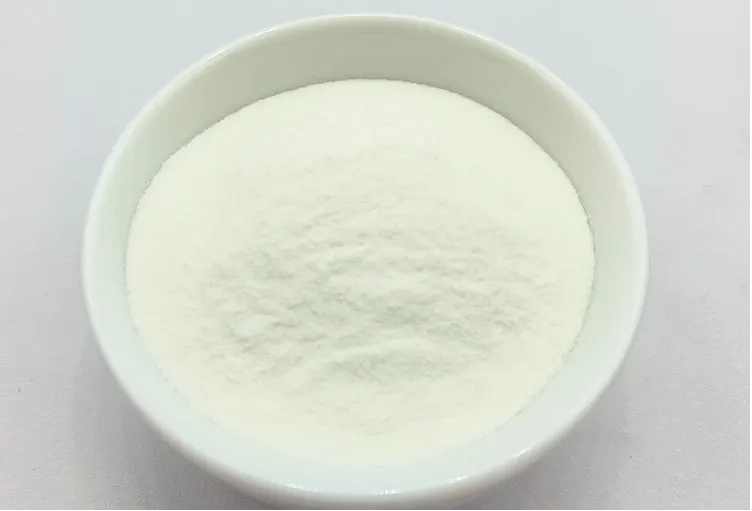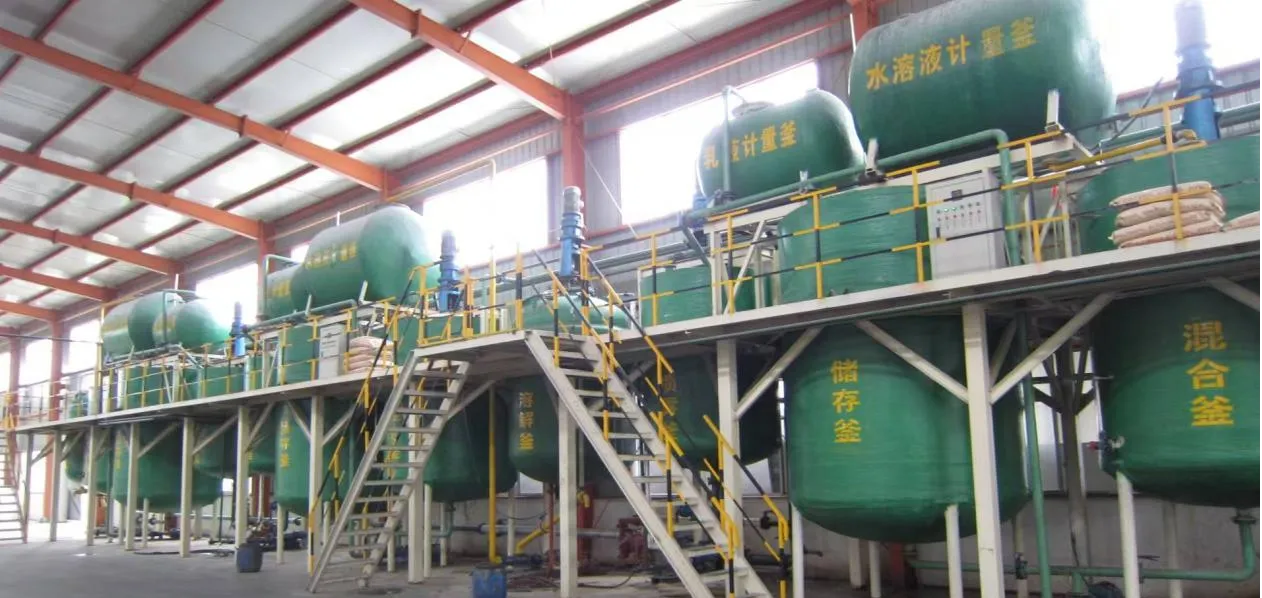
Understanding the Role of Redispersible Polymer Powder in Modern Construction
In the modern construction industry, redispersible polymer powder has emerged as an essential additive that enhances the performance and workability of various dry-mix mortar products.

The Evolution and Demand in the Redispersible Polymer Powder Market
These powders are typically created by spray-drying water-based emulsions, resulting in free-flowing powders that can be redispersed in water when mixed with dry materials. Among the key factors driving the global redispersible polymer powder market are increasing infrastructure development, rapid urbanization, and the growing demand for high-performance building materials.
There are several redispersible polymer powder types available in the market, including powders based on vinyl acetate, vinyl versatate, acrylic, and styrene-butadiene formulations. Each type is designed to suit specific applications such as tile adhesives, external insulation finishing systems (EIFS), self-leveling compounds, and repair mortars. Among these, vae redispersible powder—short for vinyl acetate ethylene—is one of the most widely used due to its strong adhesion, flexibility, and resistance to moisture. In fact, vinyl acetate ethylene redispersible powder is frequently selected for applications where both elasticity and bond strength are required, such as in cement renders and plastering.
Another popular formulation, redispersible emulsion powder, is well-regarded for its ability to improve the mechanical properties of construction mortars. When added to dry-mix mortars, these powders enhance their flexibility, adhesion, water retention, and workability. This makes them especially suitable for modifying cement- or gypsum-based products.

Market Trends and Leading Manufacturers
As construction techniques continue to evolve, the redispersible polymer powder market share is steadily increasing across both residential and commercial sectors. Asia-Pacific, especially China and India, currently dominates the market, driven by large-scale infrastructure projects and rising demand for modern housing. Europe and North America also contribute significantly, especially in green building solutions and renovation sectors.
The industry is highly competitive, with numerous redispersible polymer powder manufacturers striving for technological innovation and improved performance characteristics. Some of the global leaders in this domain include Wacker Chemie AG, Dow Construction Chemicals, BASF SE, Akzo Nobel, and Shandong Xindadi Industrial Group. These companies continuously invest in R&D to enhance the performance of their products and develop more sustainable solutions.
The redispersible polymer powder market is projected to grow robustly in the coming years, supported by stringent energy efficiency regulations, the push for sustainable construction practices, and advancements in building materials technology. With increasing demand for high-strength mortars and lightweight construction systems, redispersible powders are positioned to play a central role in future developments.
Common Applications and Benefits
The versatility of redispersible polymer powder uses is a major reason for its widespread application across various construction tasks. These powders are instrumental in:
Improving adhesion between different substrates
Enhancing water resistance and durability
Increasing flexibility and preventing cracking
Improving freeze-thaw resistance
Enhancing workability and flow of the mixture
Typical products that benefit from redispersible powders include tile adhesives, wall putty, waterproofing mortars, self-leveling compounds, thermal insulation systems, and skim coats. In tile adhesives, for instance, the use of vae redispersible powder ensures superior bonding even under wet conditions. In EIFS systems, the improved flexibility from redispersible emulsion powder helps to accommodate building movement and temperature fluctuations without damaging the finish.
These powders are particularly valued in regions with extreme weather conditions, where building materials must maintain performance despite thermal expansion, humidity, or freezing temperatures. Their ability to deliver performance without the need for on-site liquid additives simplifies logistics, reduces waste, and lowers the environmental footprint of construction sites.
Product FAQs for Redispersible Polymer Powder
What is the difference between VAE and other redispersible polymer powder types?
Answer:VAE redispersible powder (vinyl acetate ethylene) offers excellent flexibility, water resistance, and adhesion, making it ideal for applications like tile adhesives and repair mortars. Other types, such as acrylic or styrene-butadiene powders, may offer better UV resistance or elasticity depending on the application.
How is redispersible emulsion powder used in construction?
Answer:Redispersible emulsion powder is mixed into dry mortar formulations to improve their performance. Once water is added during on-site mixing, the powder reconstitutes into a stable emulsion, enhancing adhesion, flexibility, and cohesion of the final mixture.
Who are the major redispersible polymer powder manufacturers globally?
Answer:Key redispersible polymer powder manufacturers include Wacker Chemie, Dow, BASF, Akzo Nobel, and Shandong Xindadi. These companies produce a wide range of powders tailored for different regional standards and performance criteria.
What are the most common redispersible polymer powder uses in modern construction?
Answer:The most prevalent redispersible polymer powder uses include tile adhesives, EIFS, waterproofing mortars, wall putty, and self-leveling compounds. Their function is to enhance properties such as bonding strength, flexibility, and moisture resistance.
How is the redispersible polymer powder market expected to evolve?
Answer:The redispersible polymer powder market is forecast to grow significantly due to increasing demand for energy-efficient buildings, sustainable materials, and improved construction methods. Emerging markets and technological innovations are likely to shape the next decade of development.
-
Hydroxypropyl Starch as a Sustainable Construction AdditiveNewsNov.24,2025
-
The Gelation Properties of CMCNewsNov.21,2025
-
Redispersible Latex Powder and Water Retention CapacityNewsNov.21,2025
-
Dosage Control for Polycarboxylate Water ReducerNewsNov.21,2025
-
Film-Forming Properties of Polyvinyl AlcoholNewsNov.21,2025
-
The Function of Gypsum Additives in MortarNewsNov.21,2025





















